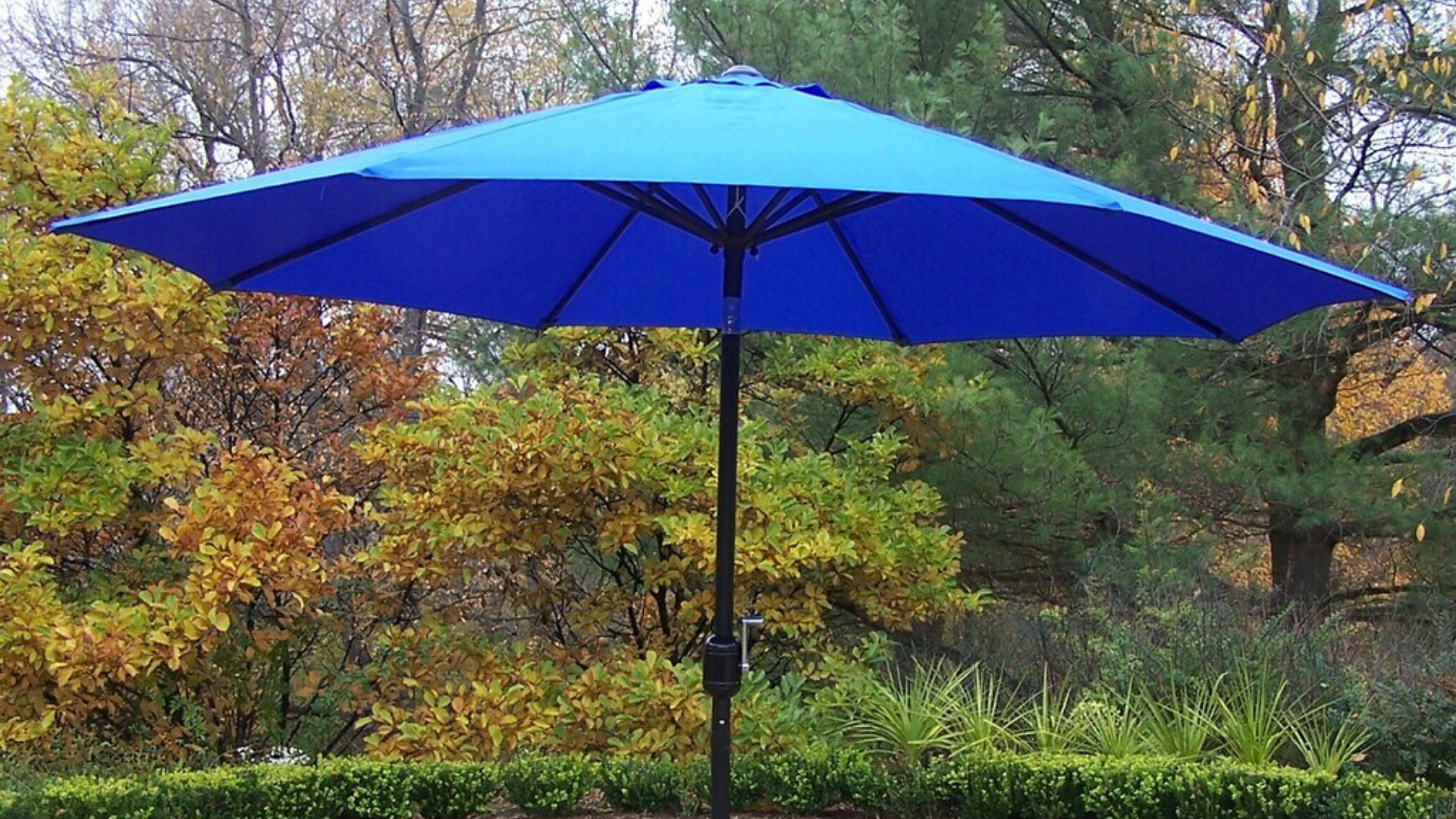

In Britain, umbrellas were sometimes referred to as "gamps" after the character Mrs. The Oxford English Dictionary records this as happening in the 17th century, with the first recorded usage in 1610. The word umbrella evolved from the Latin umbra, meaning 'shaded' or 'shadow'. Hence, a parasol shields from sunlight while a parapluie shields from rain. Parapluie (French) similarly consists of para combined with pluie, which means 'rain' (which in turn derives from pluvia, the Latin word for rain). The word parasol (originally from French) is a combination of para, meaning 'to shield from' derived from the Latin parare, and sol, meaning 'sun'. When used for snow, it is called a paraneige. An umbrella may also be called a brolly ( UK slang), parapluie ( nineteenth century, French origin), rainshade, gamp ( British, informal, dated), or bumbershoot ( rare, facetious American slang). Parasol may also be called sunshade, or beach umbrella ( US English). Larger parasols capable of blocking the sun for several people are often used as fixed or semi-fixed devices, used with patio tables or other outdoor furniture, or as points of shade on a sunny beach. Umbrellas are available in a range of price and quality points, ranging from inexpensive, modest quality models sold at discount stores to expensive, finely made, designer-labeled models. Hand-held umbrellas have a type of handle which can be made from wood, a plastic cylinder or a bent "crook" handle (like the handle of a cane). Another distinction can be made between manually operated umbrellas and spring-loaded automatic umbrellas, which spring open at the press of a button. Umbrellas can be divided into two categories: fully collapsible umbrellas, in which the metal pole supporting the canopy retracts, making the umbrella small enough to fit in a handbag, and non-collapsible umbrellas, in which the support pole cannot retract and only the canopy can be collapsed.

The largest hand-portable umbrellas are golf umbrellas.
#Sun umbrella portable
Umbrellas and parasols are primarily hand-held portable devices sized for personal use. There are also combinations of parasol and umbrella that are called en-tout-cas (French for "in any case"). Umbrella canopies may be made of fabric or flexible plastic. Often the difference is the material used for the canopy some parasols are not waterproof, and some umbrellas are transparent. The term umbrella is traditionally used when protecting oneself from rain, with parasol used when protecting oneself from sunlight, though the terms continue to be used interchangeably. It is designed to protect a person against rain or sunlight. I’ve got a parasol on deck for every summer outfit and social occasion - these are the five in my current rotation, many of which I buy in multiples.An umbrella or parasol is a folding canopy supported by wooden or metal ribs that is usually mounted on a wooden, metal, or plastic pole. Parasols have been around for thousands of years, and it’s because they’re the simplest, most practical sun protection there is, especially those versions with UPF, the fabric equivalent of SPF.īeginners, take note: Parasols may seem hard to pull off in real life, but really, the only rule to follow when carrying one is to avoid clocking passersby with it. As a fair-skinned blonde in Los Angeles, I’ve decided to stake out some kind of middle ground, becoming the kind of person who carries a parasol (I still wear sunscreen, though). Or, they’ll also tell you, don’t go under the sun at all. Talk to any dermatologist, and they’ll tell you that if you want to avoid looking like one of the California Raisins, the best thing to do is invest in some fancy sunscreen, buy a good sun hat, and wear long sleeves in 90-degree heat.


 0 kommentar(er)
0 kommentar(er)
